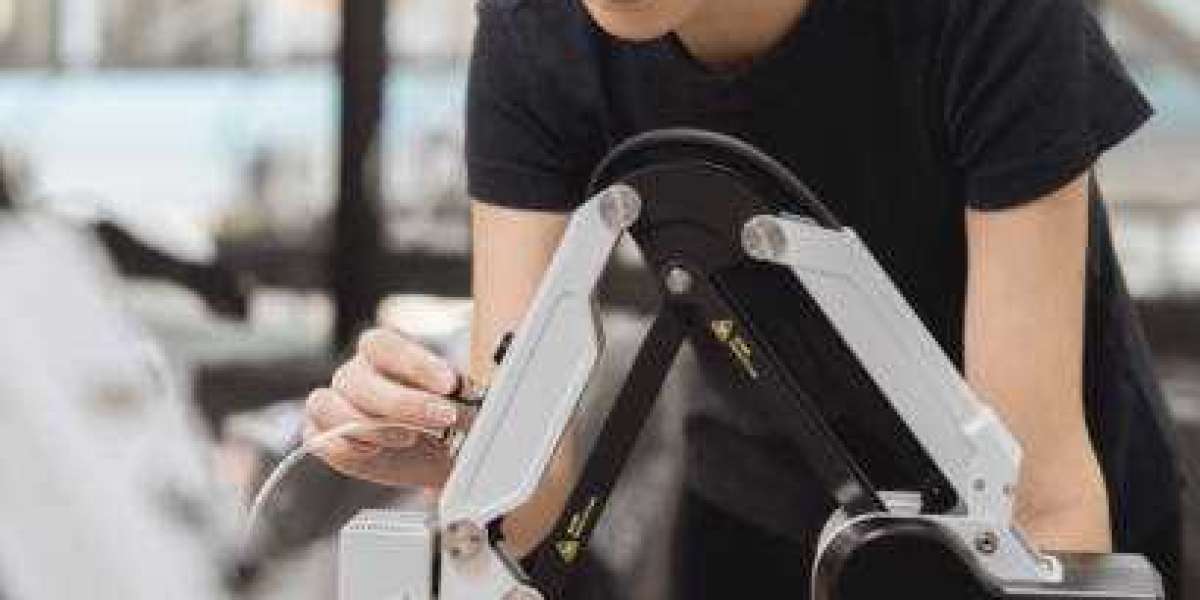In the fast-paced world of manufacturing, efficiency, precision, and safety are paramount. Robotic arms are increasingly becoming integral to production lines, transforming traditional manufacturing processes. These automated systems not only increase productivity but also minimize human error, reduce production time, and lower operational costs. This article delves into how robotic arms are revolutionizing the manufacturing sector, examining their benefits, key applications, and the top robotic arms reshaping the industry.
The Role of Robotic Arms in Modern Manufacturing
Robotic arms are versatile machines capable of performing a variety of tasks such as assembly, welding, painting, material handling, and packaging. They work tirelessly and consistently, providing high precision and speed in even the most demanding environments. Their adaptability has led to widespread adoption in several industries, from automotive and electronics to consumer goods and food production.
Key Benefits of Robotic Arms in Manufacturing
- Increased Efficiency: Robotic arms can operate 24/7 without requiring breaks, significantly boosting production output. Their ability to handle repetitive tasks without fatigue makes them an essential tool for manufacturers striving to increase efficiency.
- Improved Quality Control: Robots offer high accuracy and precision, reducing the likelihood of defects and ensuring products meet strict quality standards. In industries like electronics or automotive, where precision is critical, robotic arms ensure that every part is manufactured with minimal variation.
- Enhanced Worker Safety: Robotic arms are often deployed in hazardous environments where human safety is at risk. By taking on dangerous tasks like welding, heavy lifting, or working with toxic materials, robotic arms reduce the risk of injury to workers.
- Cost Savings: Although the initial investment in robotic arms can be significant, they pay for themselves over time by reducing labor costs and increasing operational efficiency. Additionally, robots can be easily reprogrammed or repurposed for different tasks, offering long-term value.
Top Robotic Arms for Manufacturing Applications
- ABB IRB 6700: Known for its power and flexibility, the IRB 6700 offers a high payload capacity of up to 250 kg and a reach of 2.6 meters. This makes it ideal for heavy-duty tasks like material handling and welding in industries such as automotive and metalworking.
- FANUC M-10iA: The FANUC M-10iA is a versatile 6-axis robot that excels in a wide range of applications, from assembly and packaging to machine tending. Its compact size and high-speed capabilities make it a popular choice for industries looking for efficiency and flexibility.
- KUKA KR 16-2: Offering precision and speed, the KUKA KR 16-2 is well-suited for applications that require a high level of accuracy, such as small parts assembly, testing, and quality control. Its lightweight design and advanced programming capabilities make it ideal for flexible manufacturing environments.
Conclusion
Best robotic arms are rapidly transforming the manufacturing landscape by improving efficiency, quality, and safety. Their versatility and adaptability make them indispensable in industries worldwide, offering businesses a competitive edge through automation. As technology continues to advance, the role of robotic arms in manufacturing will only continue to grow, offering even greater possibilities for innovation and productivity.











